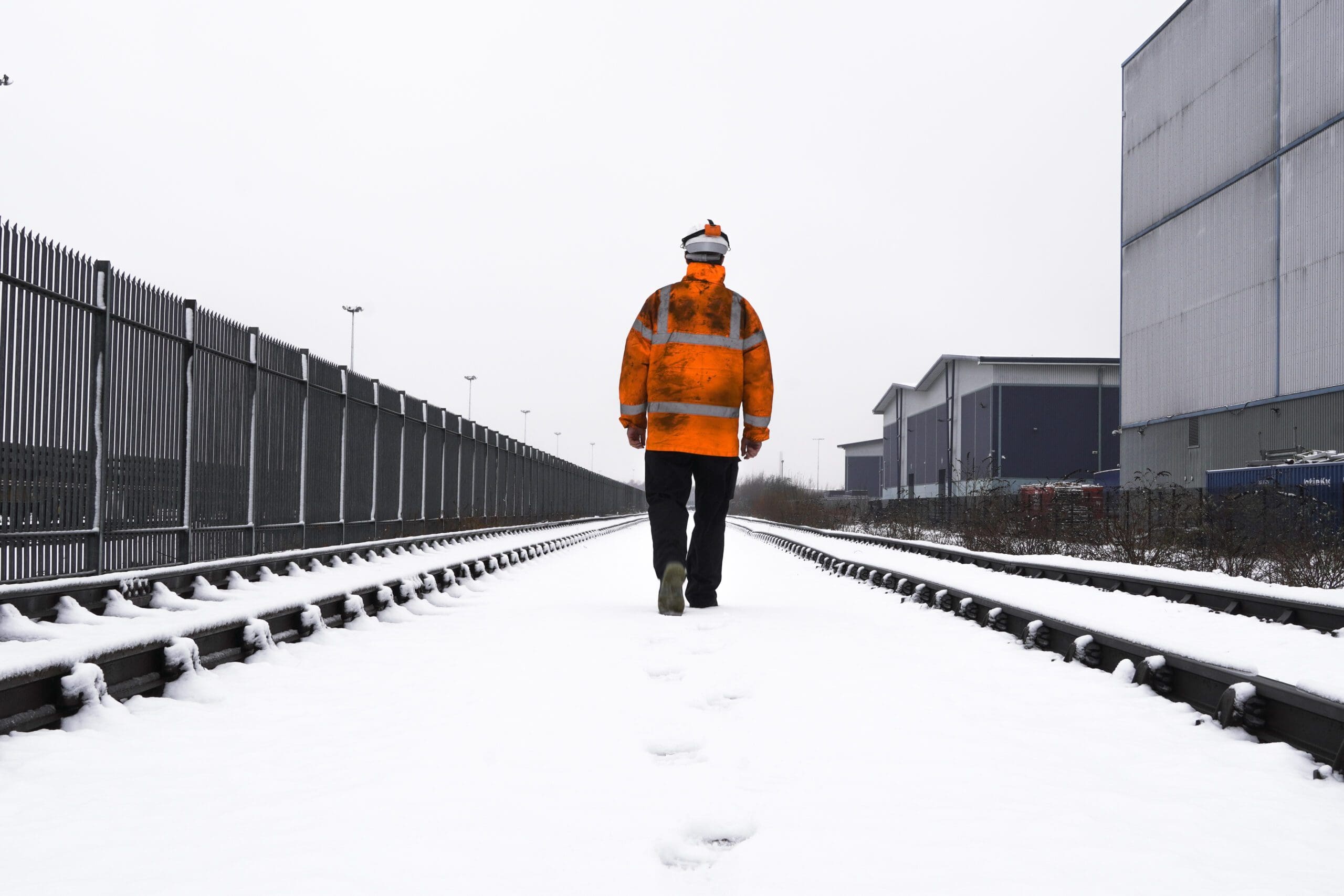Railroad Interstitial Lung Disease
Railroad workers may suffer from various lung diseases which include pulmonary fibrosis and mesothelioma. Many also have a higher risk of developing COPD due to exposure to diesel fumes.
Some forms of interstitial lung disease are progressive, which means they get worse over time. The prognosis of idiopathic lung fibrosis can be poor.
Risk Factors
Many railroad workers can develop lung diseases that are debilitating. Railroad workers, particularly those who work in industrial settings, are frequently exposed to fumes and toxins that can cause lung diseases called interstitial. Exposure to toxic chemicals for a long time can cause scarring of the lungs. This makes it difficult for oxygen to move through.
The most common reason for interstitial lung disease from railroads is long-term exposure to diesel exhaust fumes. Diesel fumes are extremely irritating to the lungs and can cause COPD as well as other health issues, such as respiratory failure and lung cancer.
Other causes of interstitial lung diseases in railroads include smoking a lot and exposure to metal, wood or stone dust. Other risk factors include a family history of hepatitis or tuberculosis and co-morbidities like GERD (chronic gastroesophageal reflux disease) malignancy, diabetes and GERD.
Some railroad companies failed to inform their employees about the dangers of railroad work. This has led to a high rate of serious lung ailments like pulmonary fibrosis among career railroaders. Families of railroad workers who have suffered from these ailments can bring a lawsuit against the railroad under the Federal Employers Liability Act (FELA) to recover damages. This could include medical expenses as well as loss of wages as well as pain and suffering and other damages due to the wrong diagnosis.
Symptoms
Breathlessness and a persistent dry cough are the most common symptoms. Over time, the condition can cause other issues that make it difficult or impossible for patients to receive enough oxygen. For union pacific railroad lawsuit , it may cause respiratory infections or life-threatening complications like respiratory or heart failure.
The most serious symptoms of railroad interstitial lung disease include fatigue, the rubbing of the toes and fingers, and the growth of pulmonaryfibrosis which causes scarring to the lung tissue and stops the lung tissues from supplying oxygen to the body. People who develop pulmonary fibrosis might also experience difficulty breathing during sleep and other signs related to the immune system.
Inhaling asbestos may cause severe lung scarring and can cause other illnesses. It can cause cancer, such as mesothelioma which is a rare cancer that affects organs as well as the lining in the chest cavity. It can also cause the fibrosis type in the lungs known as asbestosis, and other diseases like silicosis.
Workers in rail yards are typically exposed to chemicals, fumes and dust from the freight train equipment and from maintenance tasks on the tracks. Workers can claim damages through FELA lawsuits for medical expenses, lost wages and other costs.
Diagnosis
Interstitial lung disease causes scarring and damages to the parts of the lung. The scarring decreases the lung's capacity to provide oxygen to blood and other tissues. This can result in a dry cough and fatigue when you exercise. If not treated the damage could become serious and life threatening.
Your doctor will order medical tests to look for inflammation or other problems with the lungs. This could include pulmonary function tests that measure how well your lungs work as well as blood tests, an lung biopsy and imaging tests. You will be asked to provide your medical history. This includes a list of all medications you're taking and whether any of your family members suffer from connective tissue disease or other health issue. Bladder cancer lawsuit will also need to inform your doctor if you have been exposed to asbestos, silica, metal dusts, or other odors and dusts at work.
Exposure to toxic substances and chemicals in the workplace can cause a myriad of health issues such as interstitial lung disease like pulmonary fibrosis. Long-term exposure to diesel exhaust fumes and other fumes increase the risk of developing cancer among workers and workers, including mesothelioma. The cancer is connected to asbestos fibers. Contact our knowledgeable FELA attorneys at Doran & Murphy if you or someone in your family has been diagnosed with railroad pulmonary fibrosis to discuss your options.
Treatment
There are a few treatment options for interstitial lung disease (ILD) which can cause inflammation and scarring of the lungs. The scarring may affect how well your lungs take in oxygen and transfer it to your body. It can cause breathing problems like pulmonary fibrosis or hypersensitivity pneumonitis.
There is no cure for ILD However, doctors can treat your symptoms and help you maintain a normal lifestyle. They may prescribe oxygen therapy, physical therapy or medication to lessen your symptoms. They may also prescribe medications to slow the progress of lung scarring. Certain of these medications include corticosteroids as well as cytotoxic drugs and anti-fibrotic medicines like azathioprine, cyclophosphamide, and pirfenidone. cancer lawsuits include rituximab which is used to treat autoimmune conditions.
The symptoms of interstitial lung disease vary from mild to severe. They usually progress slowly over months, or even years, and they can get worse when lung damage becomes more severe. Often, the first sign of ILD is a shortness in breath that becomes worse during exercise or strenuous activity.
Railroad workers who were exposed to fumes and dust, including coal and diesel exhaust, can develop a variety of serious respiratory illnesses. These ailments can cause serious impairment to the health, which can make it difficult to work and perform tasks normally. Railroads that do not provide adequate ventilation or safety equipment could be held responsible for this kind of work-related injury under the Federal Employers Liability Act.

